Table of Contents
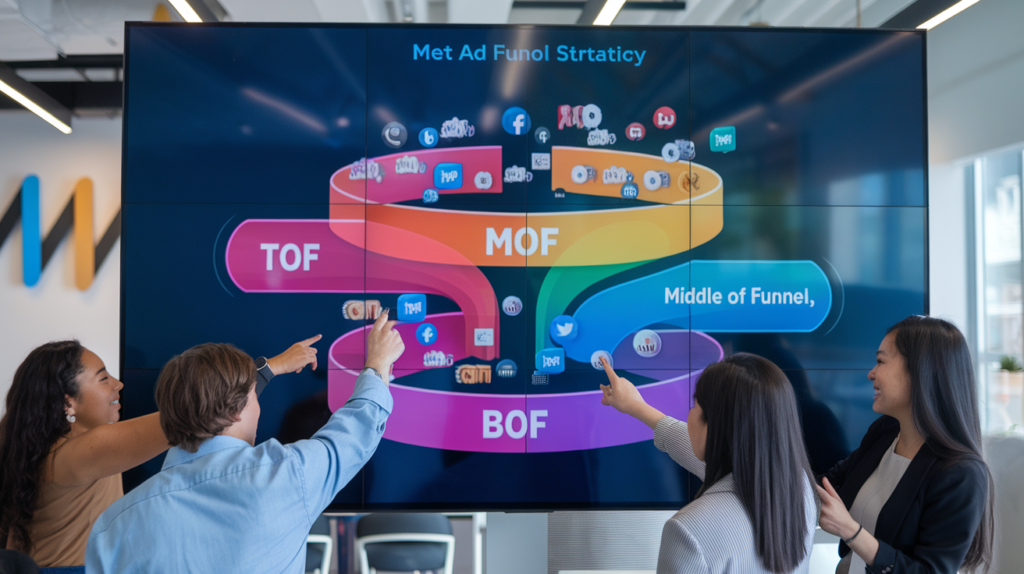
Are you struggling to make your Meta Ads campaigns truly effective? You’re not alone. Many marketers find themselves lost in the maze of ad funnels, unsure how to guide potential customers from awareness to conversion. But what if you could master the art of Meta Ads funnels and transform your marketing strategy?
Imagine having a clear roadmap that leads your audience seamlessly through each stage of the buyer’s journey. From capturing attention at the top of the funnel (TOF) to nurturing interest in the middle (MOF), and finally clinching the deal at the bottom (BOF). This isn’t just a pipe dream—it’s a reality that’s within your reach. In this comprehensive guide, we’ll unravel the mysteries of Meta Ads funnels and equip you with powerful strategies for each stage.
Get ready to dive deep into the world of TOF, MOF, and BOF campaign strategies. We’ll explore how to craft compelling content that resonates with your audience at every touchpoint, optimize your ad spend for maximum ROI, and create a cohesive funnel that turns curious onlookers into loyal customers. Whether you’re a seasoned marketer or just starting out, this blog post will arm you with the knowledge and tools to elevate your Meta Ads game. Let’s begin our journey to mastering Meta Ads funnels!
Understanding Meta Ads Funnels
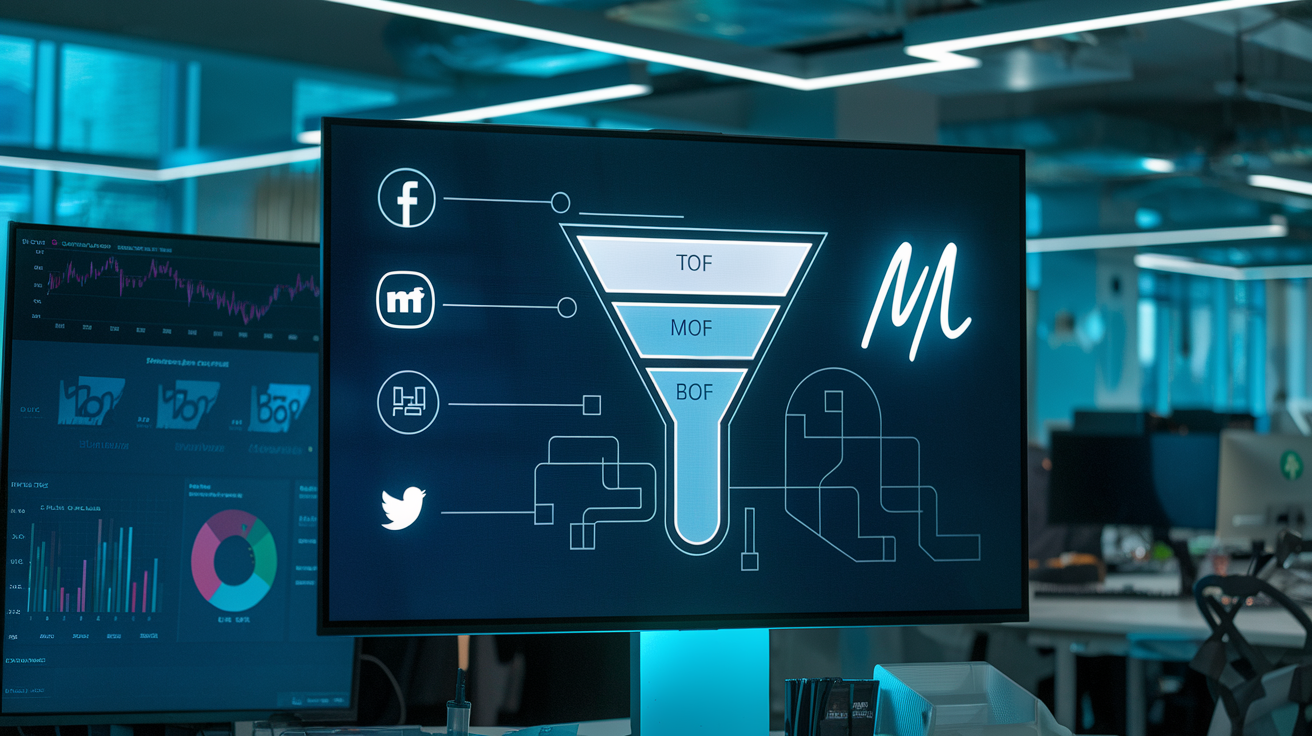
A. Definition of ad funnels
Ad funnels, also known as marketing funnels, are strategic frameworks that guide potential customers through their journey from awareness to purchase. In the context of Meta Ads, these funnels represent the various stages a user goes through when interacting with your brand on platforms like Facebook and Instagram.
Funnel Stage | Description | Example Meta Ad Objective |
Awareness | Introducing your brand | Brand Awareness, Reach |
Consideration | Engaging potential customers | Traffic, Engagement, Video Views |
Conversion | Encouraging purchase decisions | Conversions, Catalog Sales |
B. Importance in digital marketing
Ad funnels play a crucial role in digital marketing for several reasons:
- Targeted messaging: Tailoring content to each stage of the customer journey
- Efficient resource allocation: Focusing efforts on the most promising leads
- Improved ROI: Maximizing conversions by nurturing leads effectively
- Customer journey optimization: Identifying and addressing drop-off points
C. Key components of Meta Ads funnels
Meta Ads funnels consist of several interconnected elements:
- Audience targeting: Defining and refining your ideal customer segments
- Ad creatives: Designing visuals and copy that resonate with each funnel stage
- Landing pages: Creating dedicated pages that align with ad messaging
- Retargeting: Re-engaging users who have shown interest but haven’t converted
- Analytics and optimization: Continuously measuring performance and making data-driven improvements
Understanding these components is essential for creating effective Meta Ads campaigns that guide users seamlessly through the funnel, ultimately leading to higher conversion rates and better marketing outcomes.
Top of Funnel (TOF) Strategies
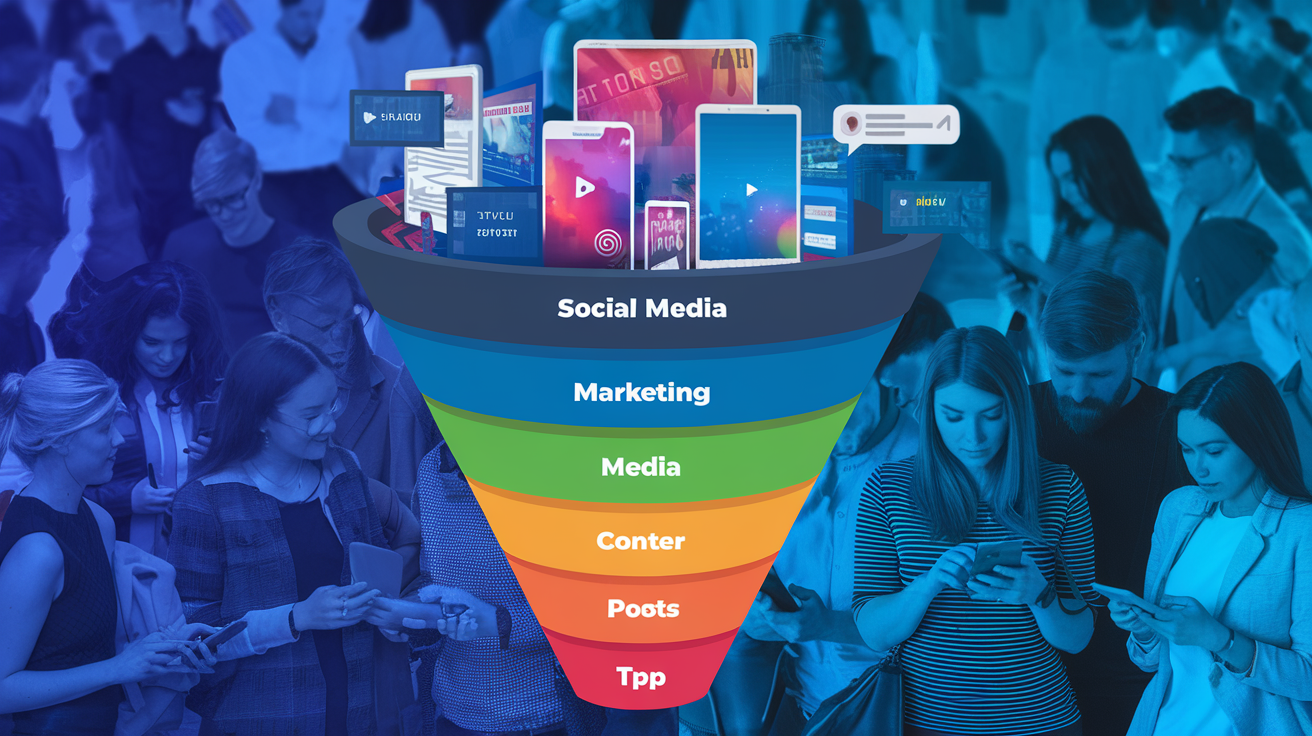
Defining TOF audience
When crafting your Top of Funnel (TOF) strategy for Meta Ads, it’s crucial to define your target audience accurately. This stage focuses on casting a wide net to attract potential customers who may not be familiar with your brand or products. To effectively define your TOF audience:
- Analyze demographic data
- Explore interests and behaviors
- Utilize lookalike audiences
Here’s a breakdown of these strategies:
Strategy | Description | Benefits |
Demographic data | Target based on age, gender, location, etc. | Broad reach, basic segmentation |
Interests and behaviors | Focus on user activities, hobbies, and online behavior | More specific targeting, higher relevance |
Lookalike audiences | Create audiences similar to your existing customers | Expands reach to potential high-value prospects |
Effective ad formats for awareness
To maximize the impact of your TOF campaigns, choose ad formats that grab attention and showcase your brand effectively:
- Video ads: Engaging and shareable content that tells your brand story
- Carousel ads: Highlight multiple products or features in a single ad
- Image ads: Eye-catching visuals that stop users mid-scroll
- Stories ads: Immersive, full-screen experiences that feel native to the platform
Content types that attract new prospects
Creating compelling content is key to attracting new prospects at the TOF stage. Focus on:
- Educational content that addresses common pain points
- Entertaining videos that showcase your brand personality
- User-generated content to build trust and authenticity
- Infographics that present valuable information in a digestible format
Metrics to measure TOF success
To gauge the effectiveness of your TOF campaigns, monitor these key metrics:
- Reach and impressions
- Engagement rate (likes, comments, shares)
- Video views and completion rates
- Click-through rate (CTR)
- Brand lift and awareness metrics
By focusing on these metrics, you can optimize your TOF strategies and ensure you’re effectively introducing your brand to potential customers. As we move forward, we’ll explore how to nurture these leads through the Middle of Funnel (MOF) tactics.
Middle of Funnel (MOF) Tactics
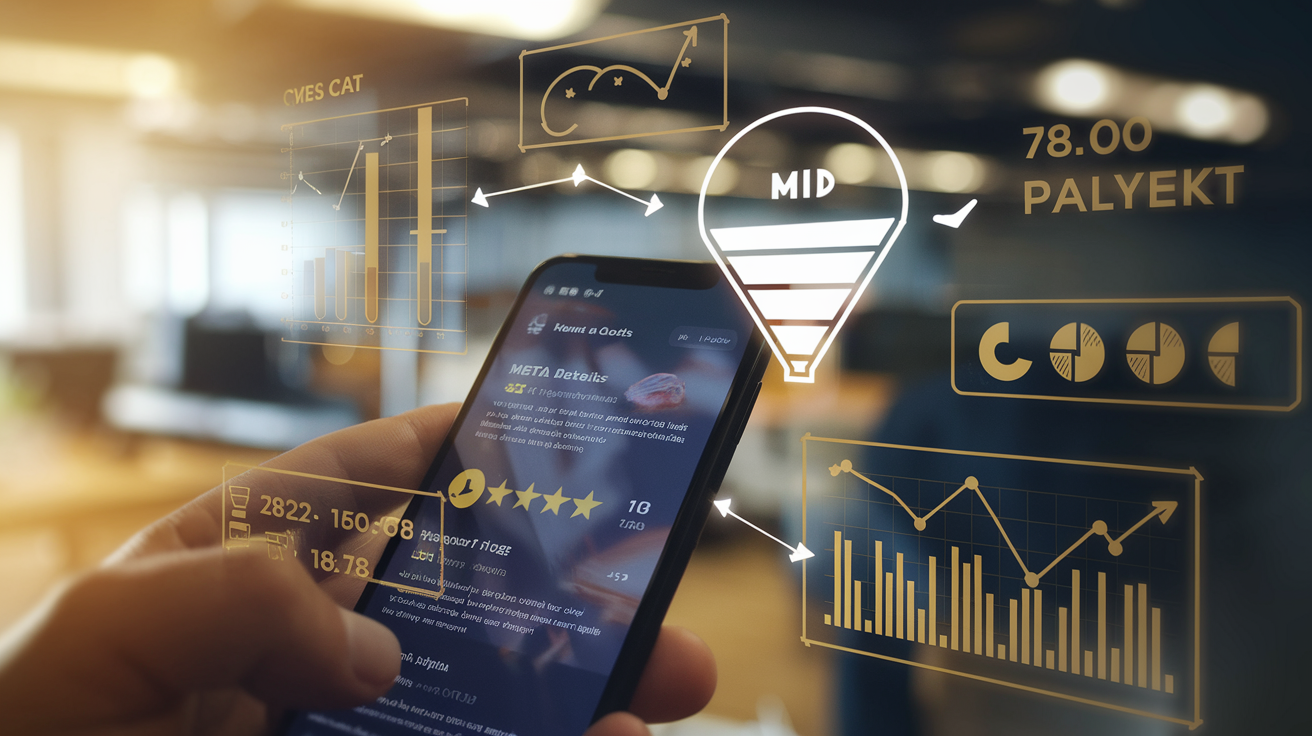
Characteristics of MOF audience
Middle of Funnel (MOF) audiences are typically:
- Aware of your brand or product
- Considering their options
- Comparing different solutions
- Seeking more detailed information
These users have shown interest but haven’t made a purchase decision yet. They require nurturing and persuasion to move further down the funnel.
Engaging ad formats for consideration stage
To capture MOF audiences’ attention, use these engaging ad formats:
- Carousel ads
- Video ads
- Collection ads
- Instant Experience ads
Ad Format | Benefits |
Carousel | Showcase multiple products or features |
Video | Demonstrate product use and benefits |
Collection | Create immersive shopping experiences |
Instant Experience | Provide in-depth information in a mobile-friendly format |
Retargeting strategies
Effective MOF retargeting tactics include:
- Dynamic product ads based on viewed items
- Abandoned cart reminders
- Offer ads with limited-time discounts
- Educational content to address common objections
Key performance indicators for MOF
Track these KPIs to measure MOF campaign success:
- Click-through rate (CTR)
- Time spent on site
- Pages per session
- Add-to-cart rate
- Email sign-ups
Now that we’ve covered MOF tactics, let’s explore Bottom of Funnel (BOF) techniques to convert interested prospects into customers.
Bottom of Funnel (BOF) Techniques
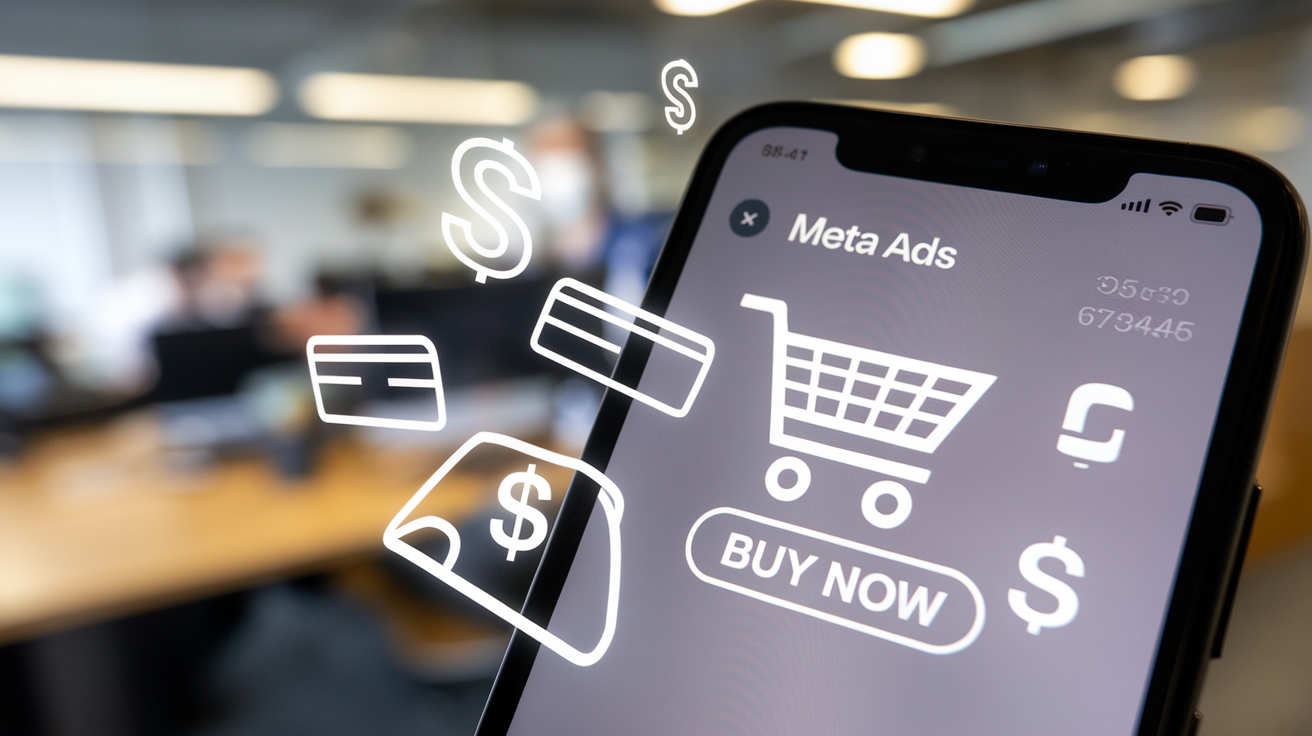
A. Identifying BOF audience
At the bottom of the funnel, your audience is primed for conversion. These are individuals who have shown strong interest in your product or service through previous interactions. To identify this audience:
- Retarget website visitors who:
- Viewed specific product pages
- Added items to cart but didn’t purchase
- Visited pricing or contact pages
- Viewed specific product pages
- Create custom audiences based on:
- Email subscribers
- Previous customers for upselling
- Engaged social media followers
- Email subscribers
Audience Type | Characteristics | Targeting Method |
Hot Leads | High intent, familiar with brand | Website custom audiences |
Previous Customers | Brand loyal, potential for upsells | Customer list upload |
Engaged Followers | Interested in brand, need final push | Engagement custom audiences |
B. High-converting ad formats
For BOF campaigns, focus on ad formats that drive immediate action:
- Dynamic Product Ads: Showcase products users have shown interest in
- Carousel Ads: Display multiple products or features
- Lead Ads: Simplify form submissions for easy conversions
- Collection Ads: Create immersive shopping experiences
C. Personalization strategies
Tailor your BOF ads to individual preferences:
- Use dynamic creative optimization (DCO) to personalize ad elements
- Implement location-based offers for local businesses
- Create ads that address specific pain points or objections
- Utilize user behavior data to recommend complementary products
D. Measuring BOF campaign effectiveness
Key metrics for evaluating BOF campaigns include:
- Conversion Rate
- Return on Ad Spend (ROAS)
- Cost Per Acquisition (CPA)
- Average Order Value (AOV)
Use Meta’s Pixel and Conversions API to track these metrics accurately. Regularly analyze performance to optimize your BOF strategies and improve overall funnel efficiency.
Integrating TOF, MOF, and BOF Campaigns

Creating a seamless customer journey
To create a seamless customer journey across your Meta Ads funnel, it’s crucial to maintain consistency in messaging and branding. This ensures that potential customers have a cohesive experience as they move from awareness to consideration and finally to conversion.
Here are key strategies to achieve this:
- Develop a consistent brand voice
- Use similar visual elements across all ads
- Tailor messaging to each funnel stage
- Implement retargeting to reinforce previous touchpoints
Funnel Stage | Ad Objective | Key Message |
TOF | Brand Awareness | Introduce your product/service |
MOF | Engagement | Highlight unique features and benefits |
BOF | Conversion | Provide compelling offers and calls-to-action |
Budget allocation across funnel stages
Effective budget allocation is critical for maximizing the impact of your Meta Ads campaigns. While the exact distribution may vary based on your specific goals and audience, a general guideline is:
- TOF: 40-50% of budget
- MOF: 30-40% of budget
- BOF: 20-30% of budget
This allocation ensures sufficient reach at the top of the funnel while providing resources for nurturing leads and driving conversions at the lower stages.
Cross-funnel remarketing techniques
Remarketing is a powerful tool for guiding potential customers through your funnel. Here are effective cross-funnel remarketing strategies:
- TOF to MOF: Retarget video viewers with more detailed product information
- MOF to BOF: Show personalized offers to users who engaged with your website
- BOF to Loyalty: Upsell or cross-sell to recent purchasers
By integrating these techniques, you create a holistic Meta Ads funnel that effectively nurtures leads and drives conversions. Remember to continuously analyze and optimize your campaigns based on performance data across all funnel stages.
Optimizing Meta Ads Funnels
A/B Testing Strategies
A/B testing is crucial for optimizing Meta Ads funnels. By comparing two variations of an ad, you can identify which elements resonate best with your audience. Here’s a breakdown of key A/B testing strategies:
- Ad Creative Testing:
- Images vs. Videos
- Different ad copy variations
- Call-to-action button text
- Images vs. Videos
- Audience Targeting:
- Broad vs. Narrow audiences
- Interest-based vs. Lookalike audiences
- Broad vs. Narrow audiences
- Placement Testing:
- Facebook News Feed vs. Instagram Stories
- Audience Network vs. Messenger
- Facebook News Feed vs. Instagram Stories
Element to Test | Variation A | Variation B |
Ad Creative | Static Image | Video Ad |
Ad Copy | Short & Punchy | Detailed & Informative |
CTA Button | “Learn More” | “Shop Now” |
Leveraging Meta’s AI-powered Tools
Meta offers powerful AI-driven tools to enhance your ad performance:
- Automated Rules: Set up rules to automatically adjust bids, budgets, or pause underperforming ads.
- Dynamic Ads: Showcase personalized product recommendations based on user behavior.
- Lookalike Audiences: Create audiences similar to your best customers using AI algorithms.
Adjusting Campaigns Based on Performance Data
Regularly analyze your campaign data to make informed decisions:
- Monitor key metrics:
- Click-through rate (CTR)
- Conversion rate
- Return on ad spend (ROAS)
- Click-through rate (CTR)
- Identify top-performing ads and audiences
- Allocate budget to high-performing campaigns
- Pause or optimize underperforming ads
Scaling Successful Funnel Strategies
Once you’ve identified winning strategies, it’s time to scale:
- Increase budget gradually for top-performing campaigns
- Expand successful audiences with lookalike audiences
- Replicate winning ad creatives across different placements
- Test new ad formats while maintaining successful elements
By continuously optimizing and scaling your Meta Ads funnels, you can maximize your ROI and achieve sustainable growth for your business.
Meta Ads funnels are powerful tools for guiding potential customers through their buying journey. By understanding and implementing effective strategies for each stage – Top of Funnel (TOF), Middle of Funnel (MOF), and Bottom of Funnel (BOF) – marketers can create a seamless and persuasive advertising experience on Meta platforms.
To maximize the impact of your Meta Ads campaigns, focus on integrating TOF, MOF, and BOF strategies cohesively. Continuously optimize your funnel by analyzing performance metrics, adjusting targeting parameters, and refining ad creatives. By mastering Meta Ads funnels, you’ll be well-equipped to drive awareness, engagement, and conversions, ultimately achieving your marketing goals and growing your business on these powerful social media platforms.
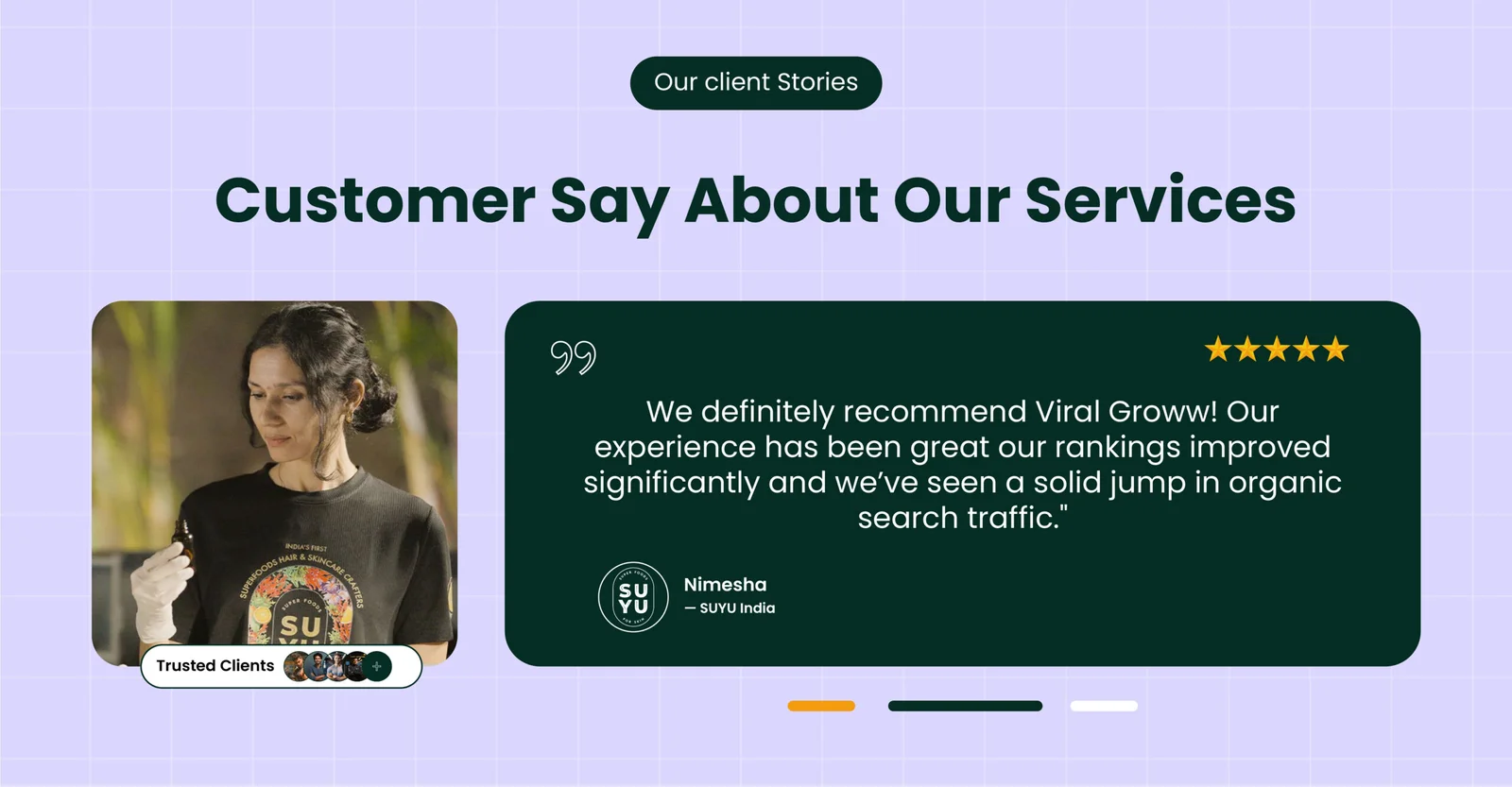
How We 2.5X’d Organic Traffic for SUYU India in Just 5 Months by Following Our White Hat SEO Framework
SUYU India was born with a clear vision—to bring superfood-powered skincare into the Indian market. Co-founded with a deep belief in sustainability.

Scaling a Sexual Wellness Brand with SEO – How We Did It for Ecstasia
Ecstasia is a sexual wellness D2C brand started by Prakhar Raj and Hamid Iqbal in December 2024. Prakhar, a school friend of mine, works in a corporate job but has always wanted to start his own business.
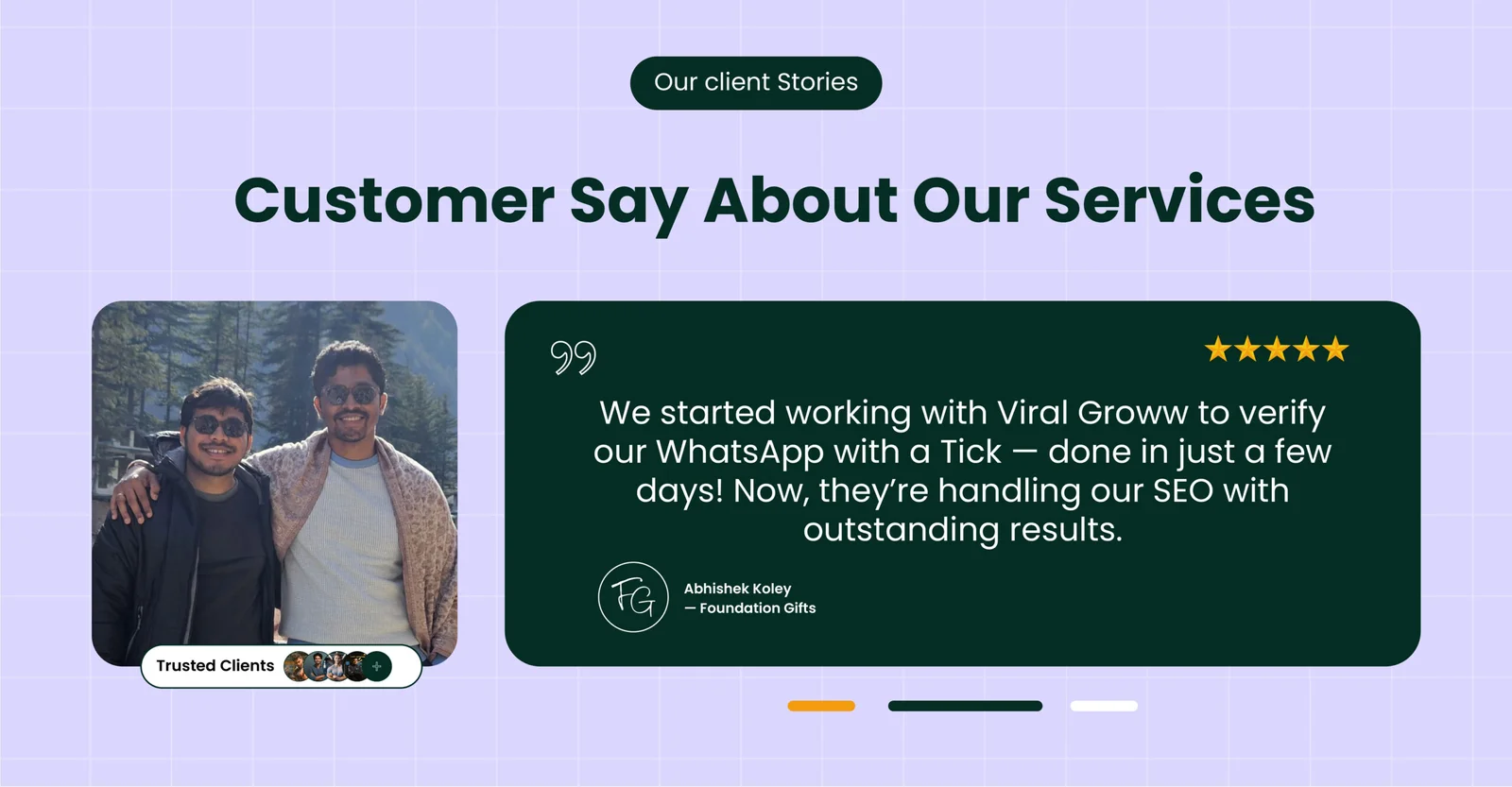
How we got 8.7X Impressions for a gifting D2C brand within 3 Months by doing White Hat SEO
Foundation Gift was started by Rakesh Adak and Abhishek Koley with a simple idea — gifts should feel just as special as the moments they celebrate.
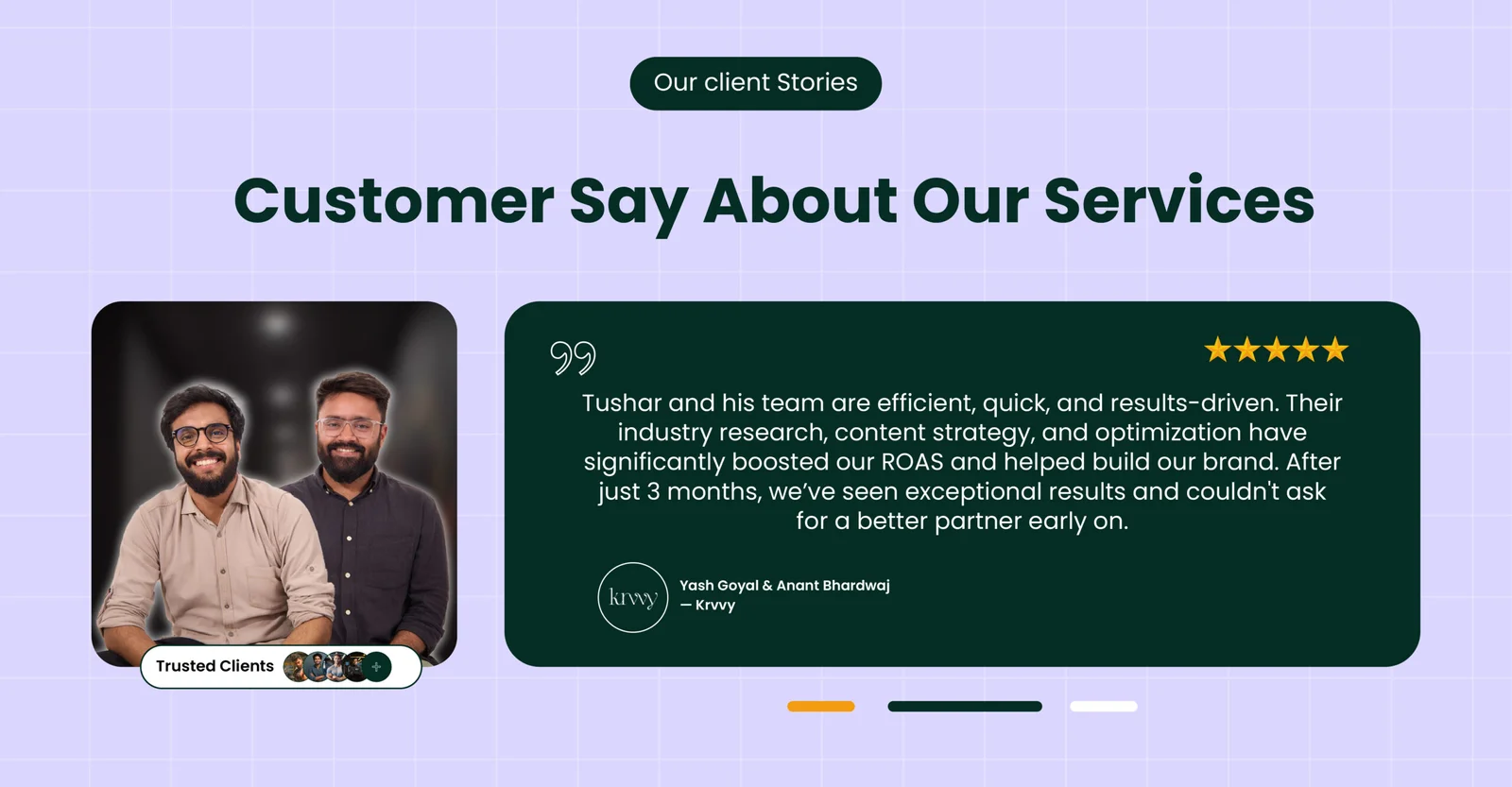
Scaling a Lingerie Brand to 7-Figure Sales in Just 75 Days—Proof Inside!
Krvvy is a modern, forward-thinking lingerie brand committed to redefining comfort and functionality. Designed to elevate the lingerie experience, Krvvy celebrates the beauty of all women, embracing and admiring every curve.
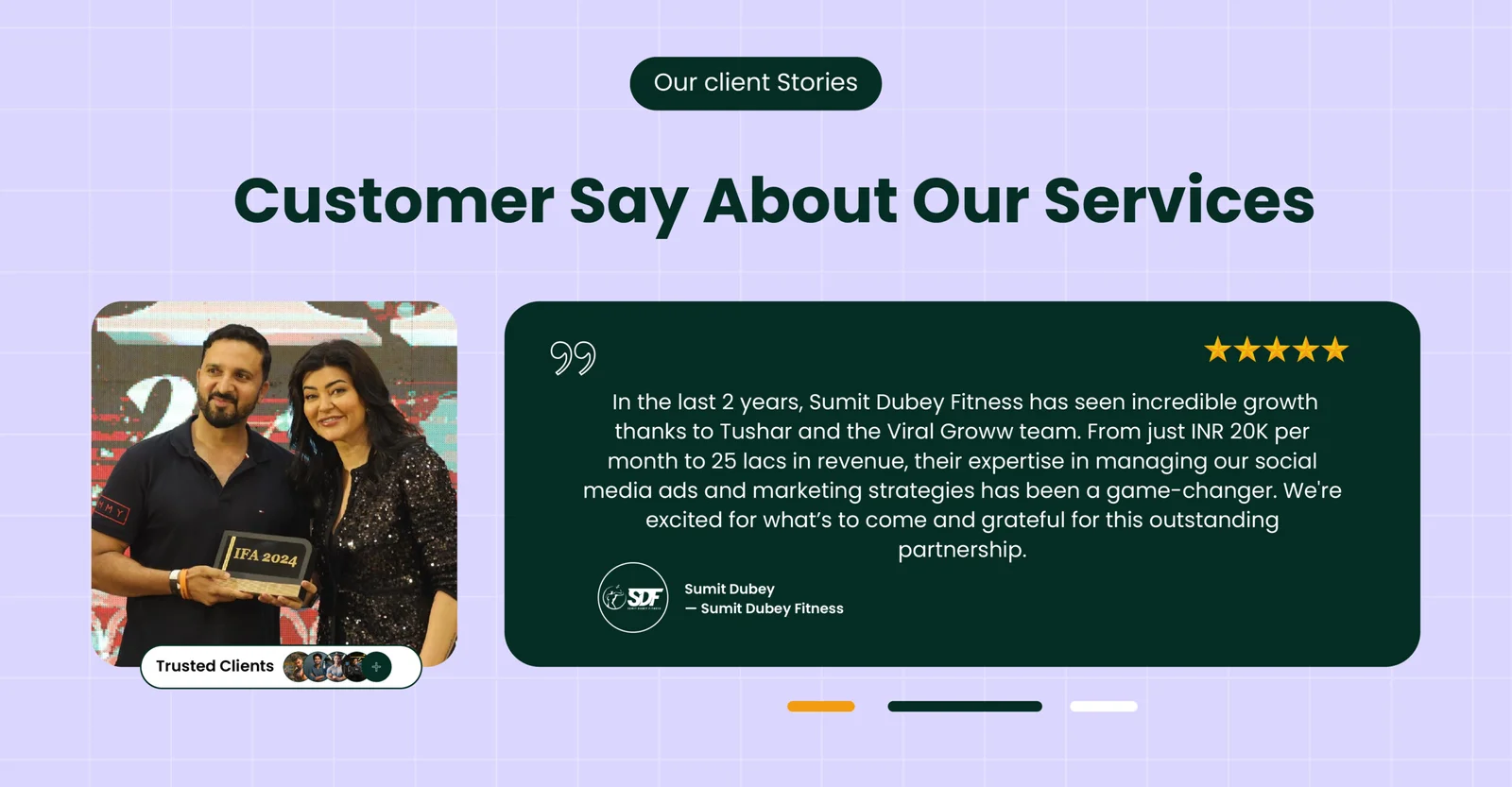
How Sumit Dubey Fitness Classes Transformed into a Fitness Empire with Strategic Digital Marketing
Sumit Dubey Fitness Classes, founded by Sumit Dubey, provides online fitness training with a personalized touch.
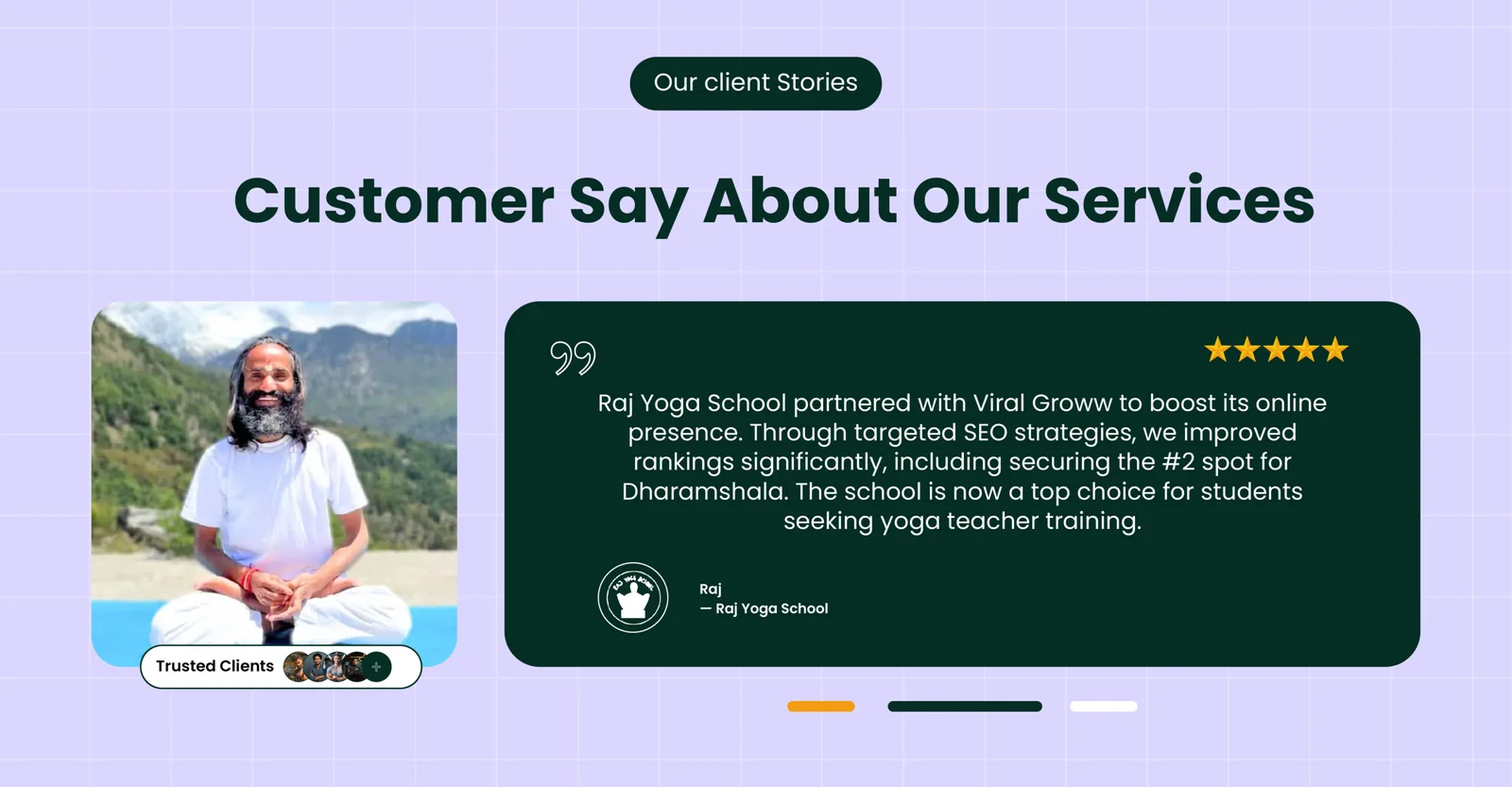
Raj Yoga School’s Journey to the Top of Search Rankings
Nestled between the tranquil peaks of the Himalayas and the sun-kissed beaches of Goa, Raj Yoga School has been a sanctuary for aspiring yoga teachers in India.
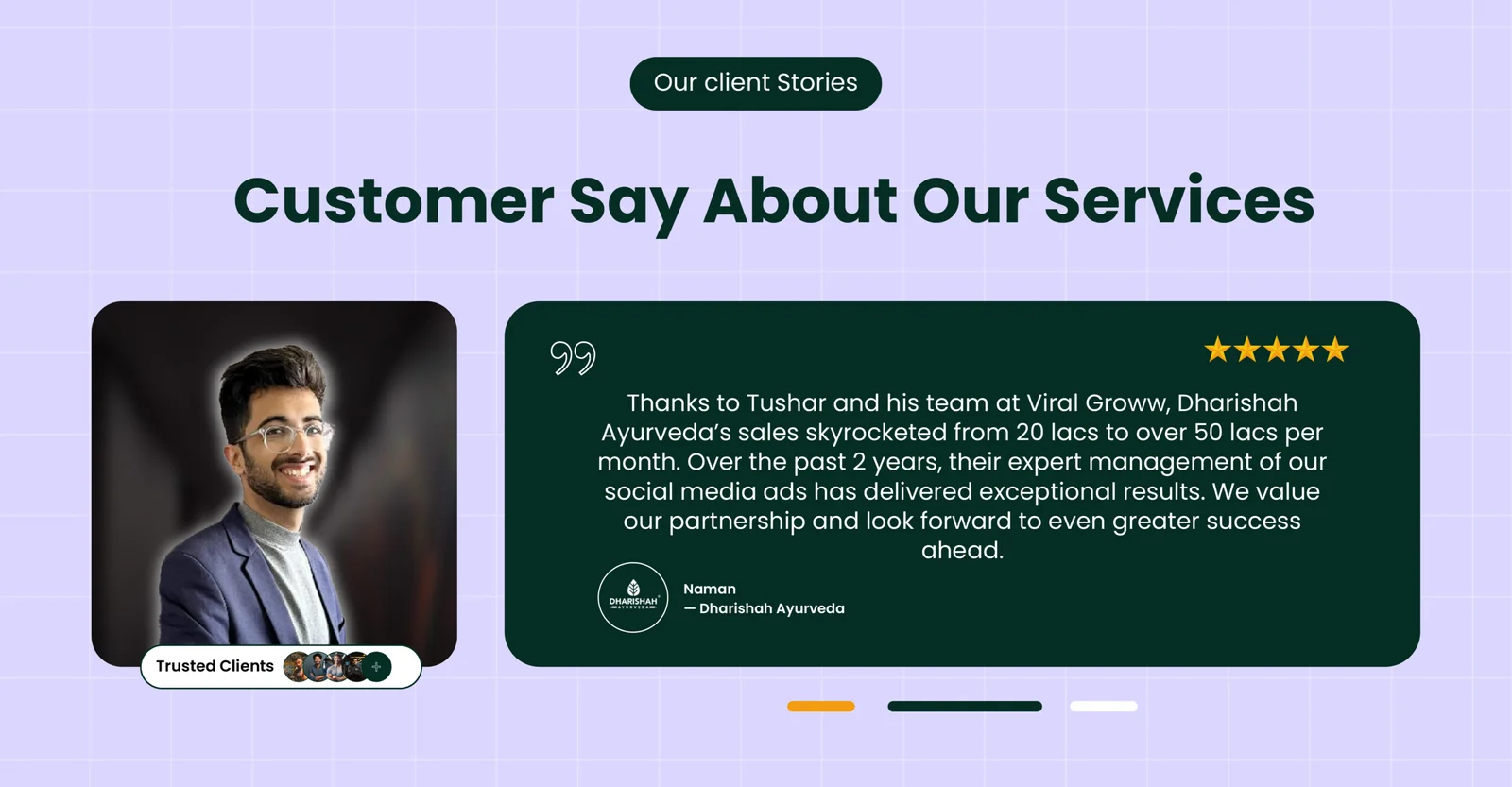
Scaling Dharishah Ayurveda from ₹20 Lakhs to ₹50 Lakhs in Monthly Sales
Dharishah Ayurveda, a promising Ayurvedic brand, had already seen growth through performance marketing, scaling from ₹2 lakhs to ₹20 lakhs in monthly sales (covered in a previous case study).

Building Trust and Revenue for Dharishah Ayurveda with Scalable Facebook Ads
Dharishah Ayurveda, led by CEO Naman Dhamija, is a premium Ayurvedic brand dedicated to promoting natural wellness.
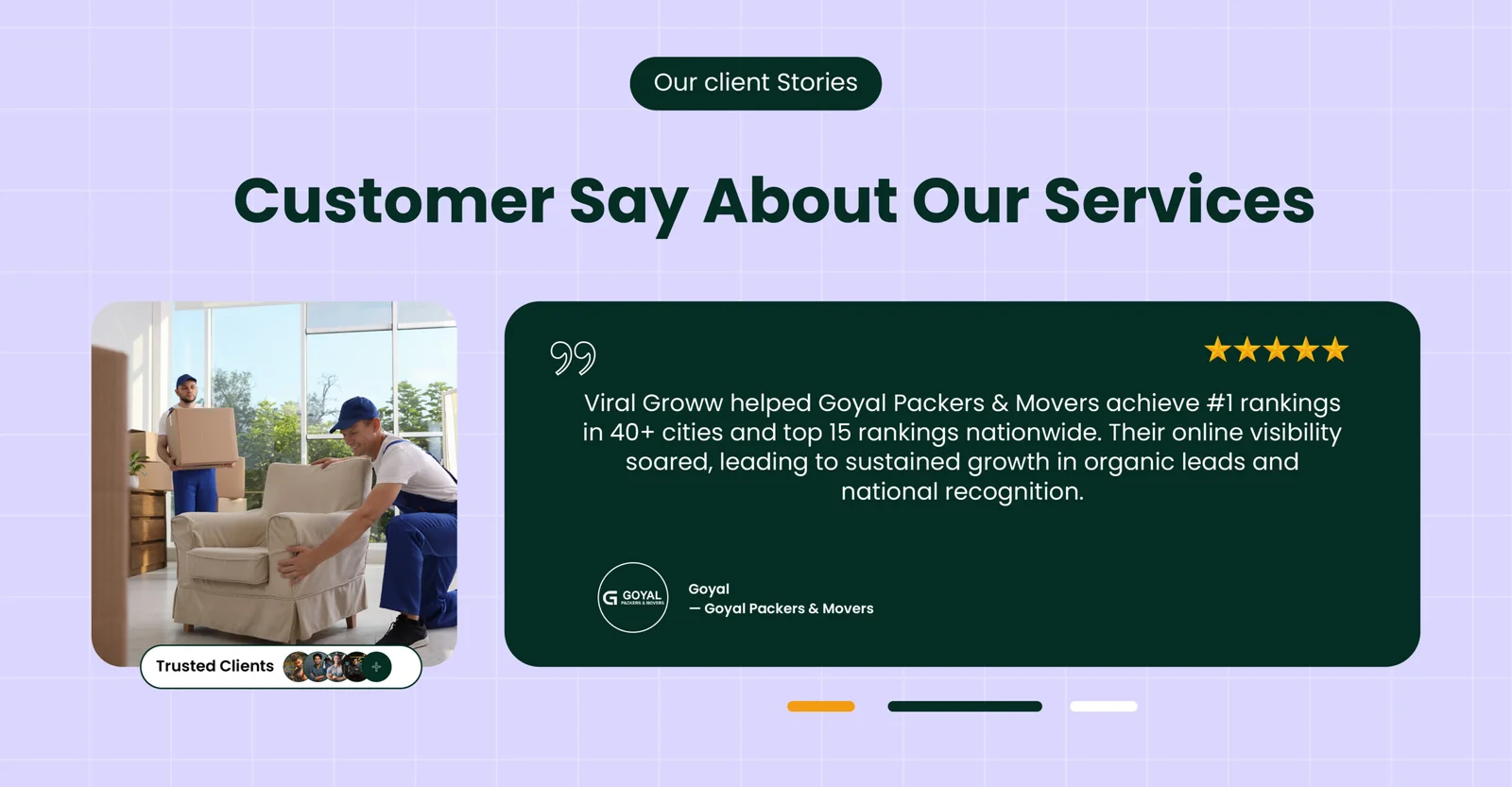
How Goyal Packers & Movers Skyrocketed to #1 in 40+ Cities with White Hat SEO
Goyal Packers and Movers India, owned by Mr. Sampat Singh, is one of the most preferred packers and movers across Northern India, offering exceptional shifting services.





